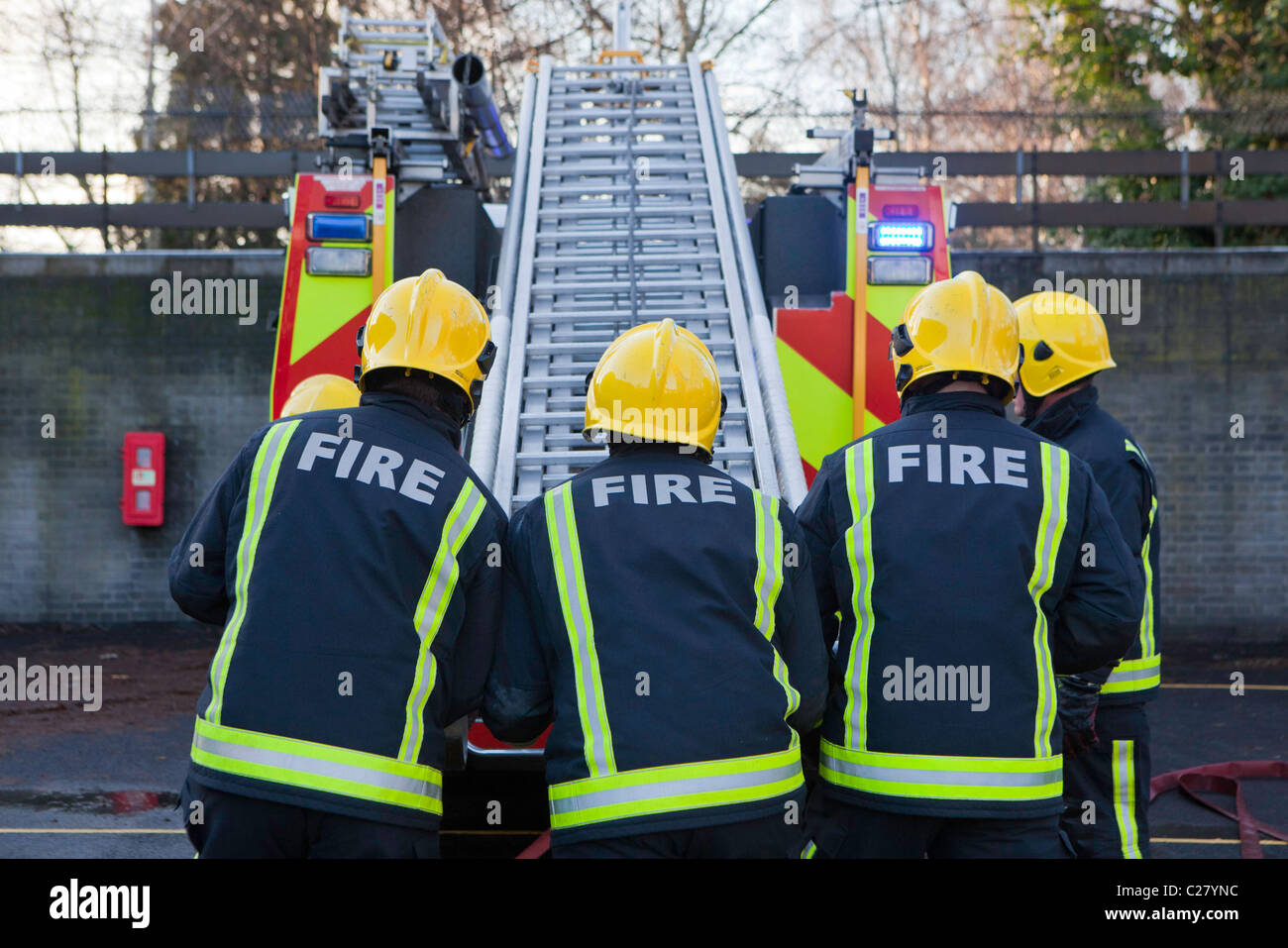A solid fire safety plan combines systems and trained responders. Automatic fire suppression technologies and fire brigade training form the foundation for fire prevention.
While sprinklers provide immediate action, trained fire brigades step in to handle complex situations. Together, these elements create a powerful fire safety plan.
The Basics of Fire Suppression Technology
Advanced suppression technologies work to contain fire spread. Engaged during fire detection, they deploy water to the fire zone.

Primary benefits to rely on sprinklers for fire safety include:
- Quick suppression: Limits the scope of the fire.
- Automatic functionality: Works independently.
- Localized activation: Limits water waste.
The Role of Fire Brigade Training in Fire Safety
Preparedness programs for fire teams equips teams to protect lives effectively. Even with top-tier suppression tools, firefighters play an indispensable role.

These training sessions teach the following areas:
- sprinkler e detector de fumaça
- Proactive safety knowledge: Reducing the likelihood of fires.
- Safe evacuation strategies: Ensuring everyone knows what to do.
- Using extinguishers correctly: Learning effective suppression methods.
The Importance of Combining Systems and Training
Sprinkler systems and fire brigade training ensure complete fire protection. Sprinklers manage the fire’s onset, emergency crews provide on-the-ground action.

The synergy between these solutions reduces fire risks for residential buildings, business properties, and large-scale facilities.
Conclusion: Prioritizing Fire Safety with Technology and Training
A robust defense against fire hazards relies on both systems and responders. Sprinkler systems offer automated responses, while emergency drills ensures human readiness.
Take action to improve fire protection now by organizing preparedness drills. Your protection depends on readiness and tools!
Comments on “Why Sprinkler Systems and Prepared Fire Brigades Are Critical”